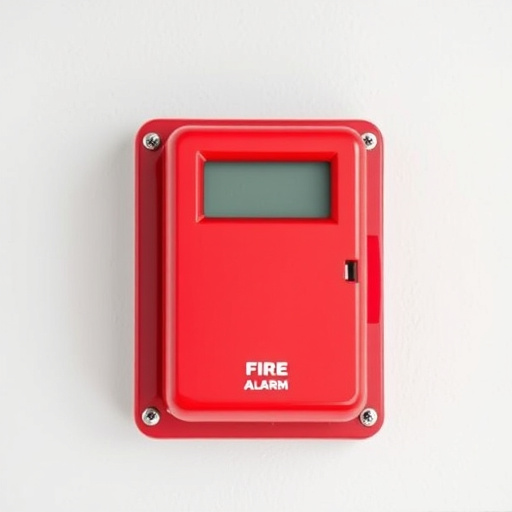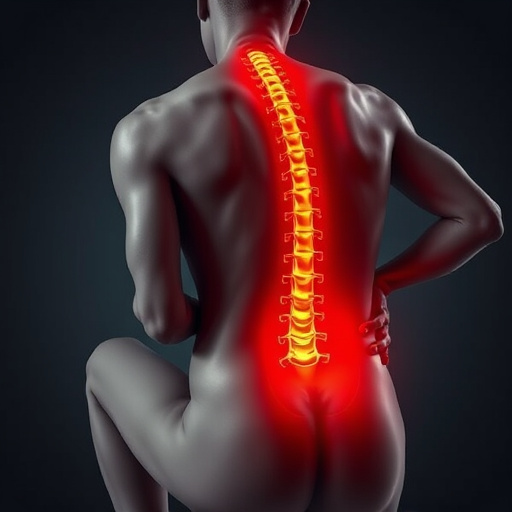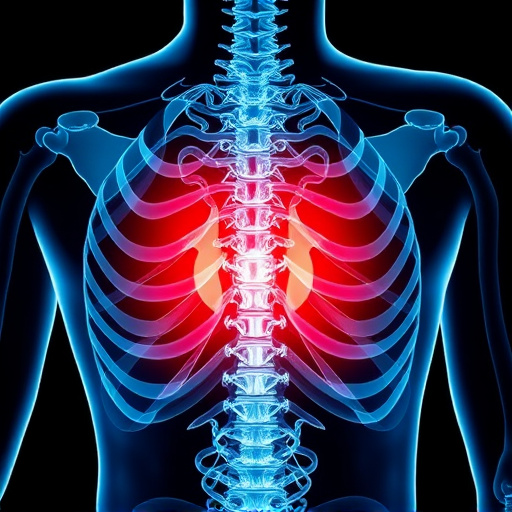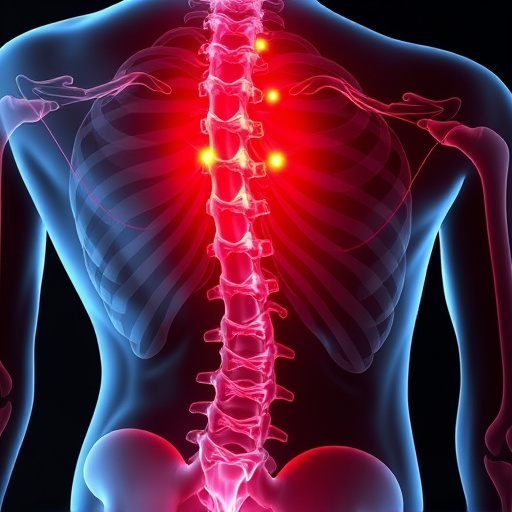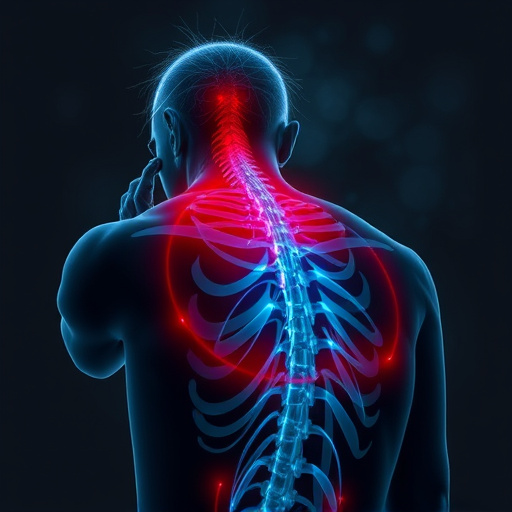Spine injuries from work-related accidents or repetitive strain can lead to serious conditions like herniated discs and fractures. Prompt medical attention is crucial for recovery. Treatment options include chiropractic care, physical therapy, and surgery. Navigating workers comp claims involves reporting the injury, documenting details, and filing an application with state compensation boards, supporting claims with medical evidence. Workers' comp benefits provide financial assistance, specialized care, and coverage for treatments like chiropractic, aiding in recovery and workforce reintegration.
“Spine injuries resulting from workplace lifting or repetitive tasks are prevalent but often overlooked. This comprehensive guide delves into the intricacies of spine injury workers’ compensation, equipping you with essential knowledge. Understanding these injuries and navigating the claims process is crucial for victims seeking support.
We explore benefits available, offering a beacon of hope for those affected. By the end, you’ll be equipped to advocate for your rights and access the support needed for recovery.”
- Understanding Spine Injuries in the Workplace
- Navigating Workers' Compensation Claims Process
- Benefits and Support for Lifting/Repetitive Injury Victims
Understanding Spine Injuries in the Workplace

Spine injuries are a significant concern in the workplace, particularly for workers involved in physically demanding jobs that involve lifting heavy objects or performing repetitive tasks. These injuries can range from mild strains to severe, life-altering conditions. Understanding spine injuries is crucial when navigating spine injury workers comp claims. Many work-related spine injuries are the result of acute events like auto accidents or falls, leading to conditions such as herniated discs or spinal fractures.
However, a substantial number also stem from chronic issues caused by repetitive motions, often associated with jobs that require constant lifting, pushing, or pulling. These repetitive strain injuries (RSIs) can manifest over time, making them challenging to diagnose and treat. In these cases, seeking prompt medical attention is essential for effective auto accident recovery and managing pain. Chiropractic care has proven beneficial in managing RSIs by focusing on the body’s natural healing processes and promoting alignment. Effective sports injury treatment often involves a combination of rest, physical therapy, and, in severe cases, surgical intervention.
Navigating Workers' Compensation Claims Process
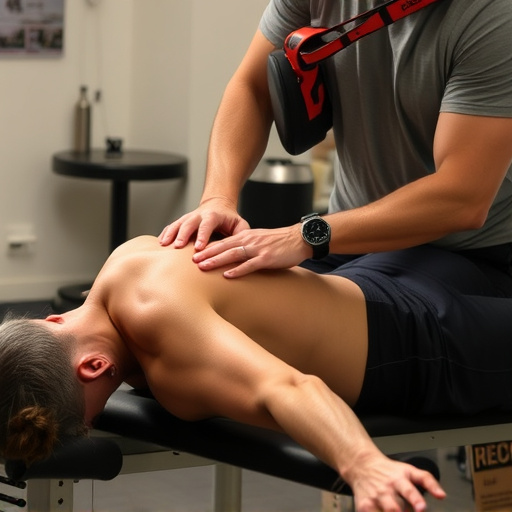
Navigating the workers’ compensation claims process for spine injuries can seem daunting, especially when dealing with lifting or repetitive motion-related incidents. The first step is to report your injury to your employer promptly, ensuring all details are accurately documented. This includes providing a detailed account of the incident and the subsequent pain management strategies you’ve employed. It’s crucial to keep records of any medical treatments received, including diagnoses and recommended rehabilitation plans.
The claims process involves filing an application with your state’s workers’ compensation board, outlining your injury, work history, and the impact on your ability to perform tasks. For those suffering from soft tissue injuries or sports injury recovery issues, it’s essential to provide supporting medical evidence. This may include imaging reports, physical therapy assessments, and doctor’s notes detailing the relationship between your work activities and the development or exacerbation of these conditions. Understanding your rights and gathering comprehensive documentation are key to a successful claim for spine injury workers’ comp.
Benefits and Support for Lifting/Repetitive Injury Victims

Victims of spine injuries resulting from lifting or repetitive tasks on the job can find solace and support through comprehensive workers’ compensation benefits. These programs are designed to cater to the unique needs of such individuals, ensuring they receive not only financial assistance but also access to specialized medical care. One significant aspect is coverage for chiropractic care, which plays a pivotal role in managing pain and promoting wellness for those with back or neck injuries.
Chiropractic treatments, often coupled with physical therapy and ergonomic adjustments, offer a holistic approach to recovery. Personal injury chiropractic services can significantly enhance the quality of life for injured workers by alleviating pain, improving mobility, and providing long-term solutions for better posture and overall wellness care. This support system is crucial in helping individuals navigate their journey towards healing and reintegrating into the workforce.
Spine injuries caused by workplace lifting or repetitive tasks can significantly impact a worker’s life. Understanding these injuries and navigating the complex workers’ compensation claims process is crucial for victims seeking support and benefits. By recognizing the importance of early intervention, proper medical care, and comprehensive rehabilitation, individuals can enhance their recovery journey. The right support system, including access to specialized treatments and accommodations, ensures that workers with lifting or repetitive spine injuries receive the necessary tools to regain independence and adapt to their new circumstances. Remember, knowledge is power when it comes to advocating for your rights and seeking fair compensation through spine injury workers comp.
